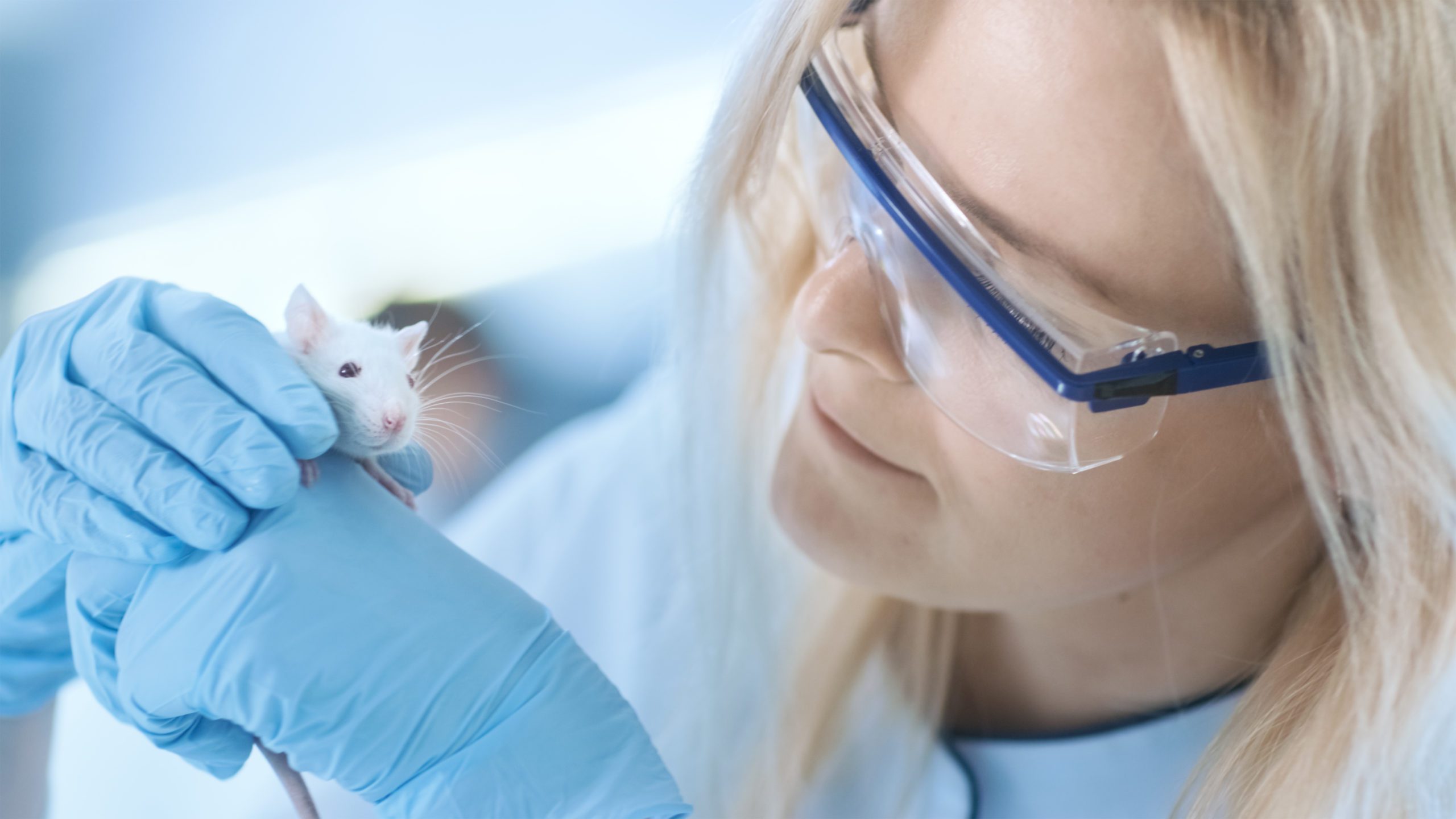Increasing insulin sensitivity is a cornerstone of diabetes treatment and prevention. Unfortunately, not all patients succeed in consistently adhering to their doctors recommendations, and millions have serious complications, leading, among other things, to renal failure, blindness and amputation of limbs due to damage to blood vessels and nerves.
In the recent study the scientists improved insulin sensitivity and lower blood sugar levels in diabetic mice in a month of non-invasive treatments while the animals were sleeping. The therapeutic effect was achieved through the simultaneous exposure to static magnetic and electrostatic fields. The experiment led to an increase in the circulating antioxidants and altered the redox balance. This, in turn, reduced insulin resistance and normalized blood glucose.
The effect of the time-limited exposure was also significant. Experimental animals showed a significant improvement in glycemia, very close to that found in mice exposed to the fields constantly.
Our findings introduce a remarkable redox-modulating phenomenon that exploits endogenous electric magneto-receptive mechanisms for the noninvasive treatment of diabetes type 2, and potentially other redox-related diseases.


ORIGINAL ABSTRACT
Exposure to Static Magnetic and Electric Fields Treats Type 2 Diabetes
SUMMARY
Aberrant redox signaling underlies the pathophysiology of many chronic metabolic diseases, including type 2 diabetes (T2D). Methodologies aimed at rebalancing systemic redox homeostasis have had limited success. A noninvasive, sustained approach would enable the long-term control of redox signaling for the treatment of T2D. We report that static magnetic and electric fields (sBE) noninvasively modulate the systemic GSH-to-GSSG redox couple to promote a healthier systemic redox environment that is reducing. Strikingly, when applied to mouse models of T2D, sBE rapidly ameliorates insulin resistance and glucose intolerance in as few as 3 days with no observed adverse effects. Scavenging paramagnetic byproducts of oxygen metabolism with SOD2 in hepatic mitochondria fully abolishes these insulin sensitizing effects, demonstrating that mitochondrial superoxide mediates induction of these therapeutic changes. Our findings introduce a remarkable redox-modulating phenomenon that exploits endogenous electromagneto-receptive mechanisms for the noninvasive treatment of T2D, and potentially other redox-related diseases.
Source Cell













Leave a Reply
You must be logged in to post a comment.